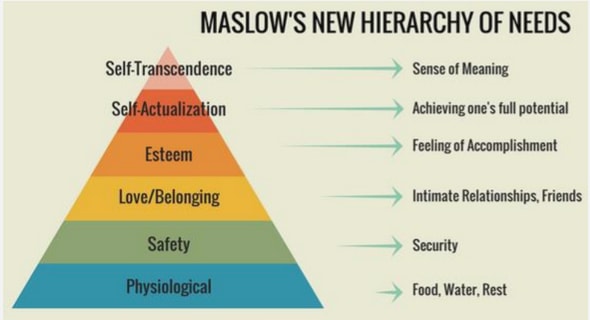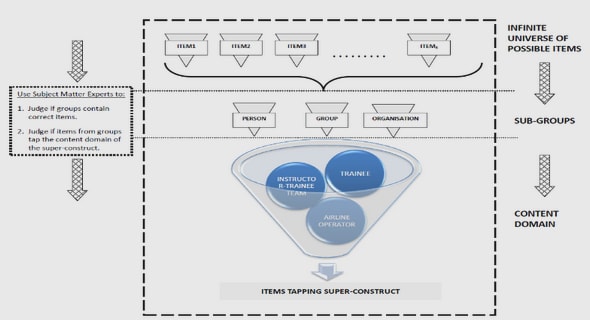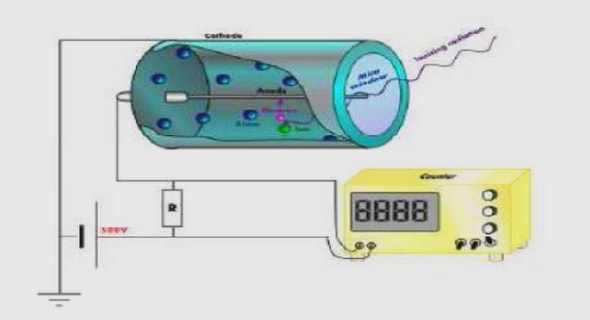Get Complete Project Material File(s) Now! »
Sample collection and DNA extraction
Banana weevils, identified as C. sordidus according to the key provided in Zimmerman (1968c), were collected from three geographical areas in South Africa during 2004, and also from Australia, Costa Rica and Uganda (Table 2.1). Dissection of residual pseudostems (Australian samples), split pseudostem traps (Ugandan and South African South Coast samples) and pheromone (Cosmolure®) trapping (Costa Rican and South African North Coast and Tzaneen samples) were used to collect weevils. Before DNA extraction, all the weevils were preserved in absolute ethanol.
For molecular analysis, a total of 12 individuals (six females, six males) were randomly selected per locality. Sitophilus orizae (L.) (Coleoptera: Curculionidae:
Rhynchophorinae), a weevil pest of stored grain, was used to serve as outgroup in this study (Table 2.1). Total genomic DNA was isolated from beetles with the abdomen, elytra and wings removed. Weevils were first placed in a heat block at 55 °C for 10 minutes to evaporate the ethanol and then re-hydrated in distilled water for 10 minutes. Samples were frozen in liquid nitrogen and ground with Eppendorf micro-pestles in 1.5 ml Eppendorf tubes (Hamburg, Germany). DNA extractions followed a commercial protocol (High pure PCR template preparation kit, Roche Diagnostics, Mannheim, Germany) and were stored at -20 °C.
Statistical analysis
To estimate the genetic diversity in and among C. sordidus populations, the following assumptions were made: AFLP markers behave as diploid, dominant markers with alleles either present (amplified, dominant alleles) or absent (not amplified, recessive alleles), co-migrating fragments and fragments not amplified were identical among and within populations; AFLP fragments segregated according to Mendelian expectations, and genotypes at all AFLP loci were assumed to be in Hardy-Weinberg equilibrium (Yan et al. 1999; Despres et al. 2002).
All the loci obtained with the five primer combinations were used in the analyses. Genetic diversity within weevil populations was estimated from the percentage of polymorphic loci out of all polymorphic loci (%PL), Shannon’s Information Index (I) (Lewontin 1972) and Nei’s (1973) gene diversity (h), using POPGENE version 1.31 (Yeh et al. 1997). Pair-wise Product-moment correlations of the different indices were conducted in STATISTICA version 7 (Statsoft Inc. 2004). To evaluate population structure in terms of among-population and among-group differentiation, total genetic diversity was partitioned among groups, among populations within groups, and within populations by conducting a hierarchical analysis of molecular variance (AMOVA) on (the required) squared Euclidian pairwise distances (1000 permutations) (Excoffier et al. 1992, Huff et al. 1993, Peakall et al. 1995; Despres et al. 2002) using ARLEQUIN version 2.000 (Schneider et al. 2000). Genetic differentiation among populations was assessed by calculating Nei’s coefficient of gene differentiation, Gst (equivalent to Wright’s Fst) (Nei 1973) and estimating gene flow, Nm (Slatkin & Barton 1989) from Gst (POPGENE version 1.31). Interpopulation differentiation was scrutinised by using TFPGA version 1.3 (Miller 1997) to perform Monte Carlo approximations of Fisher’s exact (RC) test (Raymond & Rousset 1995) on marker frequencies at each locus between all pairs of populations. To determine the phylogenic relationships among individuals, a neighbour-joining dendrogram (Saitou & Nei 1987), based on the simple mismatch coefficient (squared Euclidian distance), was constructed with 5000 bootstrap (Felsenstein 1985) replications, using the program MEGA version 3.1 (Kumar et al. 2004) (Kosman & Leonard 2005). A correlation between Nei’s unbiased genetic distance (Nei 1978) and simple mismatch coefficients and geographic distance (in km) among populations (Garcia et al. 2002; Carisio et al. 2004) was investigated with a Mantel test (Mantel 1967) using TFPGA version 1.3. The distance matrices were transformed (ln (x+1)) and 10 000 random permutations used in the analysis (TFPGA version 1.3).
Intra population genetic diversity
Empirical analysis of the loci showed that the Tzaneen (South Africa) and Australian populations were the most variable, with 53.48% and 45.03% polymorphic loci, respectively (Table 2.3). The South African South Coast population was the most uniform (16.06 %PL), while the diversity of the remaining populations was close to the overall mean of 35.02% polymorphic loci. The indices of Shannon (I) and Nei (h) peaked at 0.169 and 0.101 for Tzaneen and 0.2 and 0.132 for Australia. The two indices also supported the South Coast (South Africa) population as the least variable (I=0.075, h=0.05). The three measures of intra population diversity were correlated (I vs. h: R2=0.982; %PL vs. I: R2=0.787; %PL vs. h: R2=0.668, all P<0.001). Among all the South African populations the percentage polymorphic loci, Shannon (I) and Nei (h) diversity measures were (mean ± SD) 34.33 ± 18.73%, 0.126 ± 0.048 and 0.079 ± 0.026, respectively (data not shown).
Chapter 1: Biology, ecology and integrated pest management of the banana weevil, Cosmopolites sordidus (Germar) (Coleoptera: Curculionidae), on Musa (Zingiberales: Musaceae): an evaluation of literature
1.1 Introduction
1.2 Musa
1.3 Cosmopolites sordidus
1.4 Integrated management
1.5 Conclusions
1.6 References
Chapter 2: Genetic relationships among populations of Cosmopolites sordidus based on AFLP analysis
– Abstract and keywords
2.1 Introduction
2.2 Material and methods
2.3 Results
2.4 Discussion
2.5 Acknowledgements
2.6 References
Chapter 3: Ecology of Cosmopolites sordidus in South Africa
– Abstract and keywords
3.1 Introduction
3.2 Material and methods
3.3 Results
3.4 Discussion
3.5 Acknowledgements
3.6 References
Chapter 4: Efficacy of pseudostem and pheromone seasonal trapping of the banana weevil Cosmopolites sordidus in South Africa
– Abstract and keywords
4.1 Introduction
4.2 Material and methods
4.3 Results
4.4 Discussion
4.5 Acknowledgements
4.6 References
Chapter 5: Cultural control of Cosmopolites sordidus in South Africa
– Abstract and keywords
5.1 Introduction
5.2 Material and methods
5.3 Results
5.4 Discussion
5.5 Acknowledgements
5.6 References
Chapter 6: Chemical control of Cosmopolites sordidus in South Africa
– Abstract and keywords
6.1 Introduction
6.2 Material and methods
6.3 Results
6.4 Discussion
6.5 Acknowledgements
6.6 References
Chapter 7: Bio-economics and the integrated pest management of Cosmopolites sordidus in South Africa
– Abstract and keywords
7.1 Introduction
7.2 Material and methods
7.3 Results
7.4 Discussion
7.5 Acknowledgements
7.6 References


